The end of the 17th century and an era
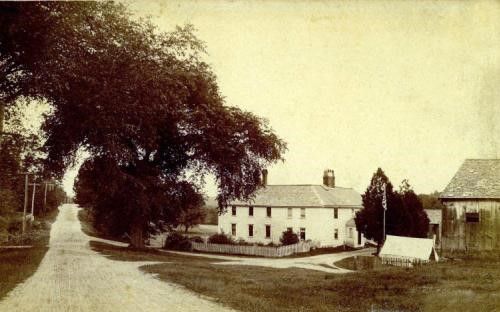
The end of the Horseshoe Tavern
For more than 12 years, the Horseshoe had proudly held its official license, a legacy that transitioned when William passed away in 1698 at the age of 61. At the time of his passing, William was held in high regard within the community, holding numerous esteemed roles and enjoying close relationships with both family and friends. His tavern had also served as a focal point for various events, from lively gatherings and occasional overindulgence to curfew breaches, the presence of women and children, receiving two complaint petitions, weathering a local smallpox outbreak, sheltering a Salem Witch accuser, and its routine function of offering libations to the many travelers along the famed "Way to Woburn." However, the winds of change were now in motion.
Passing the Torch: New owners of the Horseshoe
William Chandler's son, affectionately known as William (2) Chandler, had been eagerly anticipating his inheritance of the Horseshoe and other properties for over a decade. Finally, the day arrived when he officially assumed ownership of the Horseshoe. While the reasons for the delay remain a mystery, the rapid pace at which he subsequently sold the tavern prompts us to ponder if the father had doubts about his son’s ownership.
In a curious turn of events, less than a year after taking over the Horseshoe, William (2) decided to part ways with it. The new proprietor became Andrew Peters, a respected retailer and distiller, who managed the establishment from 1699 to 1713. Peters, who had relocated to Andover from Ipswich (via Boston) between 1686 and 1692, faced adversity when he lost his home to a fire caused by Indian attacks in 1692. Undeterred, he adapted by offering his distilled liquor by the quart from his own residence.
Remarkably, despite being 82 years old when he acquired the Horseshoe, Peters collaborated with his son in a co-partnership venture. While the fate of the tavern after his passing in 1713 remains shrouded in uncertainty, the trail seems to go cold after the Chandler family's involvement. The lack of information likely means that the tavern was no longer the center of mischief. It is only the incidents and mishaps that make the news for us to read about. In fact, Peters had the Horseshoe longer than Chandler – at least longer than he was licensed.
(As an intriguing sidenote, it's worth mentioning that Andrew Peters' daughter, Mary, united in marriage with Thomas Chandler Jr., William's nephew. This intertwining of family ties once again underscores the significance of the alcohol trade.)
William Chandler’s legacy
William Chandler leaves an estate worth £307 which consists of tavern items, household goods and livestock valued at £93 and £215 in land. His beloved wife Bridget gets one half of all housing, orchards, gardens, pastures, mowing grounds, and arable land as well as two cows, six sheep, one swine, a feather bed, one great brass kettle, and a variety of kitchen items.
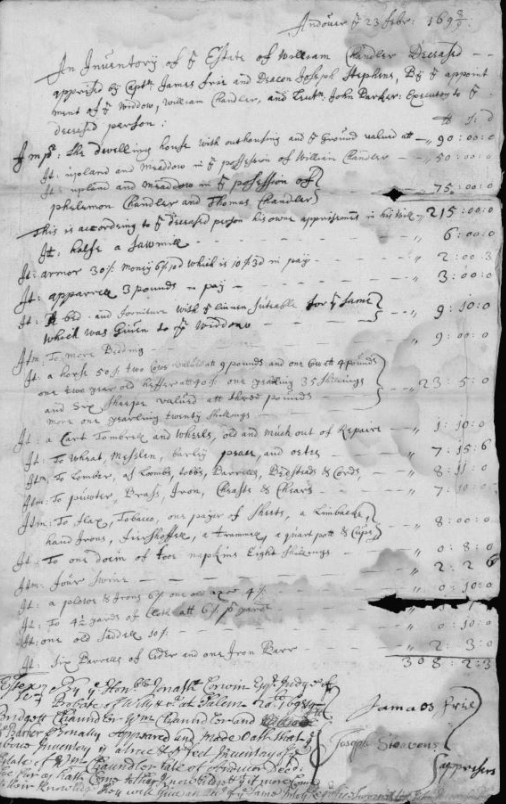
While Bridget is receiving a significant inheritance, she only receives one-half of the house with the other half going to a son, Joseph. Joseph, as was the custom, was expected to provide Bridget with an annual allotment of wood, cider, and other necessities for survival. Upon her death or remarriage, the house, and land goes to Joseph. This is a common arrangement but usually for the first-born son, but in this case, his other three sons inherit land, with two – Philemon and William leaving Andover soon after.
It seems that there was some bad blood between the children and their stepmother, Bridget. William gives sons “Philemon and Thomas about 50 acres of land value at seventy-five pounds.” Philemon sells his property to William (2) and leaves town for Connecticut and join his uncle, John Chandler, there. This estate is valued at $82,434 in 2023 dollars.
William (2) Chandler had been living on land provided by his father (likely along Hidden Road), but he had to wait 10 years in the will to receive what had been promised. As we see with the Horseshoe, William (2) sells his land too.
We also see from the inventory that a number of items are related to running the Horseshoe, for example: “wheat, molasses, barley, peaes[?], and oates £7-15-6” and “five barrels of cider and one Iron Barr £2-3”. This amount of cider is about 5 times what one individual would drink, and the value of the grains indicate a significant amount ready to make homebrewed beer.
We can estimate that William Chandler’s estate to be worth $110,000 today in goods based on 2% inflation over 325 years Converting the land value to today’s dollars is not as easy as adding inflation to the 1698 value. William Chandler was allocated over 160 acres, and likely still had over half at the time of his death. Land value has skyrocketed in Andover and that amount of land would be worth over $30 million today.
End of the 17th Century
With the issuance of Edmond Faulkner's first liquor license in 1648, Andover embarked upon a tumultuous history of alcohol licenses that came and went, often accompanied by disputes. Faulkner, a proud original Andover resident, held an early Kill-Devil license and engaged in sharing with the local Indigenous community. Another noteworthy figure, Simon Bradstreet, engaged in trade with the West Indies, bringing both prosperity and produce (early rum) to Andover and throughout Essex County.
In 1653, Andover faced a fine due to a lack of a liquor license. This led to the licensing of John Frye, a vintner, in 1654 to rectify the situation.
Subsequent "houses of entertainment" emerged on the scene. Joseph Parker's establishment, predating 1678, and John Osgood's establishment, predating 1689, were more akin to inns serving alcohol rather than singular taverns. Most taverns served beer and cider with a friendly appearance for neighbors. A recurring pattern emerged of licensing the privileged South-westerners, which resulted in further wealth and isolation for those residing in the South End, like William Chandler.
Numerous occasions such as training days, meetings, special events, and weddings revolved around these establishments. The esteemed Osgood's and Parker's became the customary centers of activity for years to come.
The advent of the Chandler's Horseshoe, prior to 1687, marked the establishment of the first ordinary in the South End of town and later in South Parish. This brought about court cases, grievances, increased alcohol consumption (likely rum was added to the menu along with beer and cider), and even the first recorded alcohol-related murder in the Stone case. The Horseshoe found itself in the middle of trouble with petitions highlighting drinking past curfew as well as servants, women and children allowed to enter. Did the Horseshoe break the rules? Most likely. Was the Horseshoe the victim of prejudice? Probably.
The Horseshoe found itself linked to the smallpox outbreak of 1690, with connections to Martha Carrier, who faced accusations of introducing the disease to Andover. This association also reached into the events of the Salem Witch Trials, where Chandler's daughter Phebe testified against Carrier, ultimately leading to her execution.
Following William's passing in 1698, his license was handed down to his son, who swiftly sold it to Andrew Peters. Peters took ownership of the "Horseshoe" until 1713, when the establishment eventually ceased its operations.
Chandler showed his deep regard for his wife, Bridget, by endowing her with a substantial estate and continued provisions for her well-being. Could it be that Bridget played a pivotal role in the Horseshoe's story? Perhaps the estate stood as a testament to her contributions to his overall well-being? Just a year after marrying Bridget, Chandler established his tavern. Having a capable wife who could assist with numerous children and craft exceptional beer proved to be an invaluable asset. The expansion of Chandler's household and the need for ongoing income found a solution in the tavern's operations.
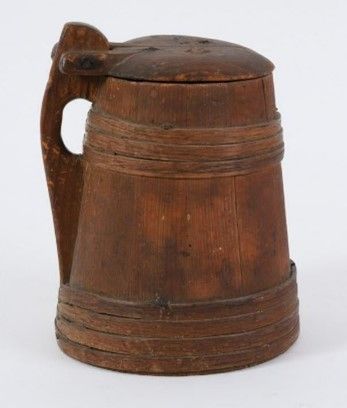
Next episodes
Over the next few episodes, I'll be diving into the world of 17th Century drinks and showing you how to create them using authentic tools of the time. I'm really excited about this journey of exploration and education, and I'd love for you to come along and join me in sipping and discovering together! Cheers to learning and enjoying some historical beverages!
Sources
Chandler, George, William and Annis Chandler 1637, Ancestry.com - The Chandler family : the descendants of William and Annis Chandler who settled in Roxbury, Mass., 1637, 1883,
Essex Deeds, vol.53, p.60, Philemon sold his land from his inheritance to his brother, William, before leaving Andover for Woodstock, CT in 1699 (he later settled in Ponfret). Price for estate is £40.
Greven, Philip F. Jr, “Four Generations: Population, Land, and Family in Colonial Andover, Massachusetts”
Eric W. Nye, Pounds Sterling to Dollars: Historical Conversion of Currency, accessed Sunday, January 31, 2021, https://www.uwyo.edu/numimage/currency.htm. A pound (£ or quid or sovereign) consisted of 20 shillings and each shilling (s. or bob) of 12 pence (d. for denarius, or pennies or coppers). Thus £10.5.6 would denote ten pounds, five shillings, and sixpence. "Five and six" means five shillings and sixpence and would be written 5/6. £4 8s. signifies four pounds, eight shillings. A crown is five shillings (5/-). A sovereign was a gold coin worth one pound and a paper note of the same value was called a "quid." A guinea is £1 1s. and a half guinea equals 10/6 d.
Value of estate:
When I looked into Chandler's belongings, I factored in a 2% inflation rate over a span of more than 350 years, and I converted those values from pounds to dollars. Although inflation rates have been higher at certain points, the early years saw minimal or no significant increases.
At the point of Chandler's passing, he owned a whopping 160 acres of land. Fast forward to today, and the current value of land in Andover stands at a remarkable $200,000 per acre, with many sought-after parcels commanding much higher prices. It's fascinating to see how the value of his land has appreciated over time, especially considering that his land holdings were only worth around twice the value of his other belongings back in his era. Isn't it amazing how things change and gain value over the years?
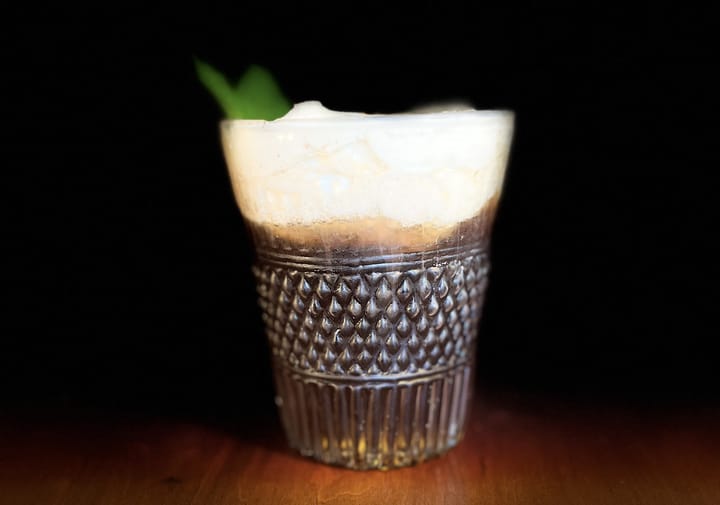
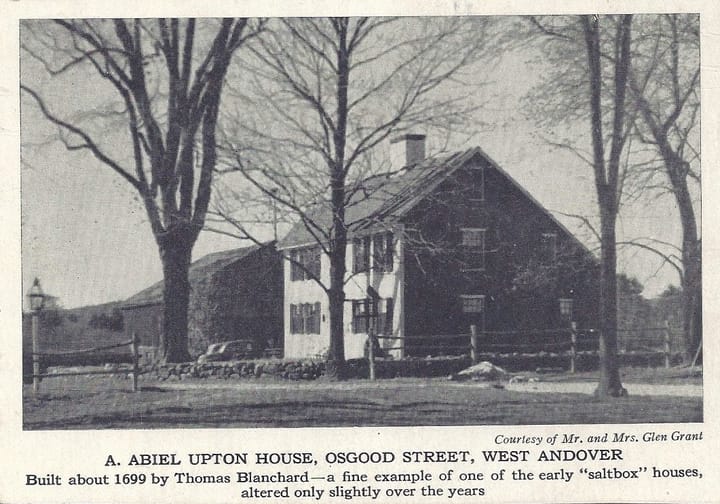
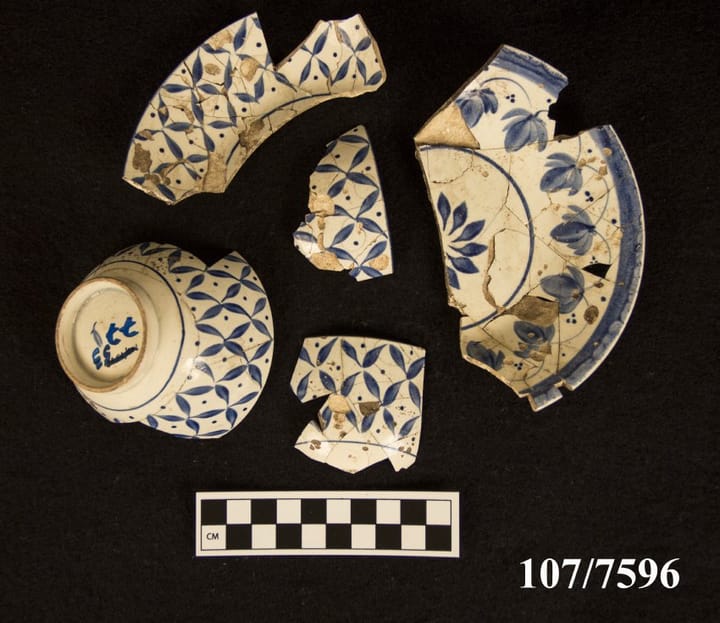
Comments ()